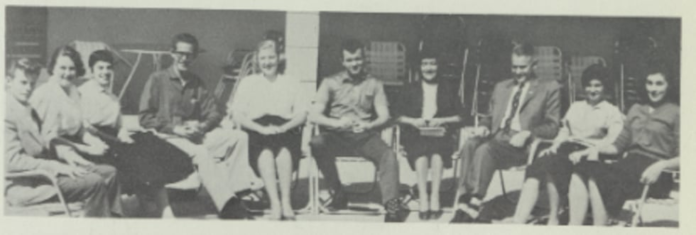**LAS VEGAS** — Today, the University of Nevada, Las Vegas (UNLV) is a bustling hub of education with over 30,000 students and more than 180 graduate degrees. However, its journey began modestly in 1951 with just 28 students who assembled in the dressing rooms of Las Vegas High School for a state extension program from the University of Nevada, Reno. This inception was fueled by the dreams of a determined state lawmaker and the changing landscape of post-World War II America.
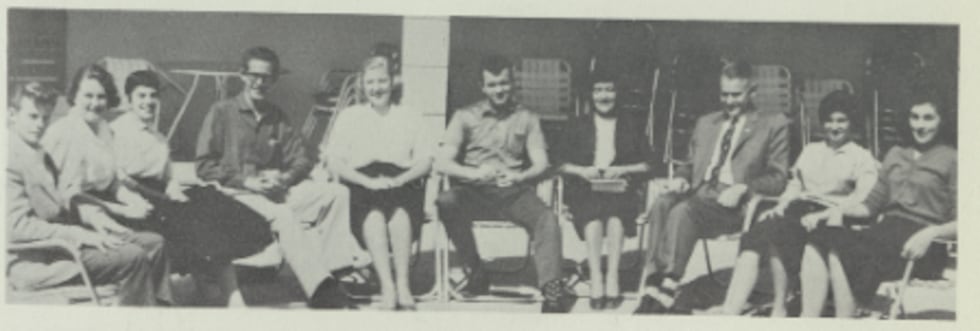
The transformation of the Las Vegas Valley following World War II set the stage for increased interest in higher education. Veterans, seeking fresh starts and the benefits of the GI Bill, flocked to the area. As the local population surged, so did the demand for accessible education. Professor Michael Green of UNLV points out that the institution’s early days were marked by its status as the Southern Regional Division of the University of Nevada, maintaining a connection to the Reno campus until it gained independence in the late 1960s.
The desire for autonomy echoed strongly among students and the passionate advocacy of Maude Frazier, a state assemblymember and school superintendent. In 1955, to symbolize their ambition for independence, the students adopted the Rebel as their mascot. Frazier’s relentless efforts aimed to establish a proper university for southern Nevada, despite encountering resistance from lawmakers who ultimately recognized the necessity of such an institution.
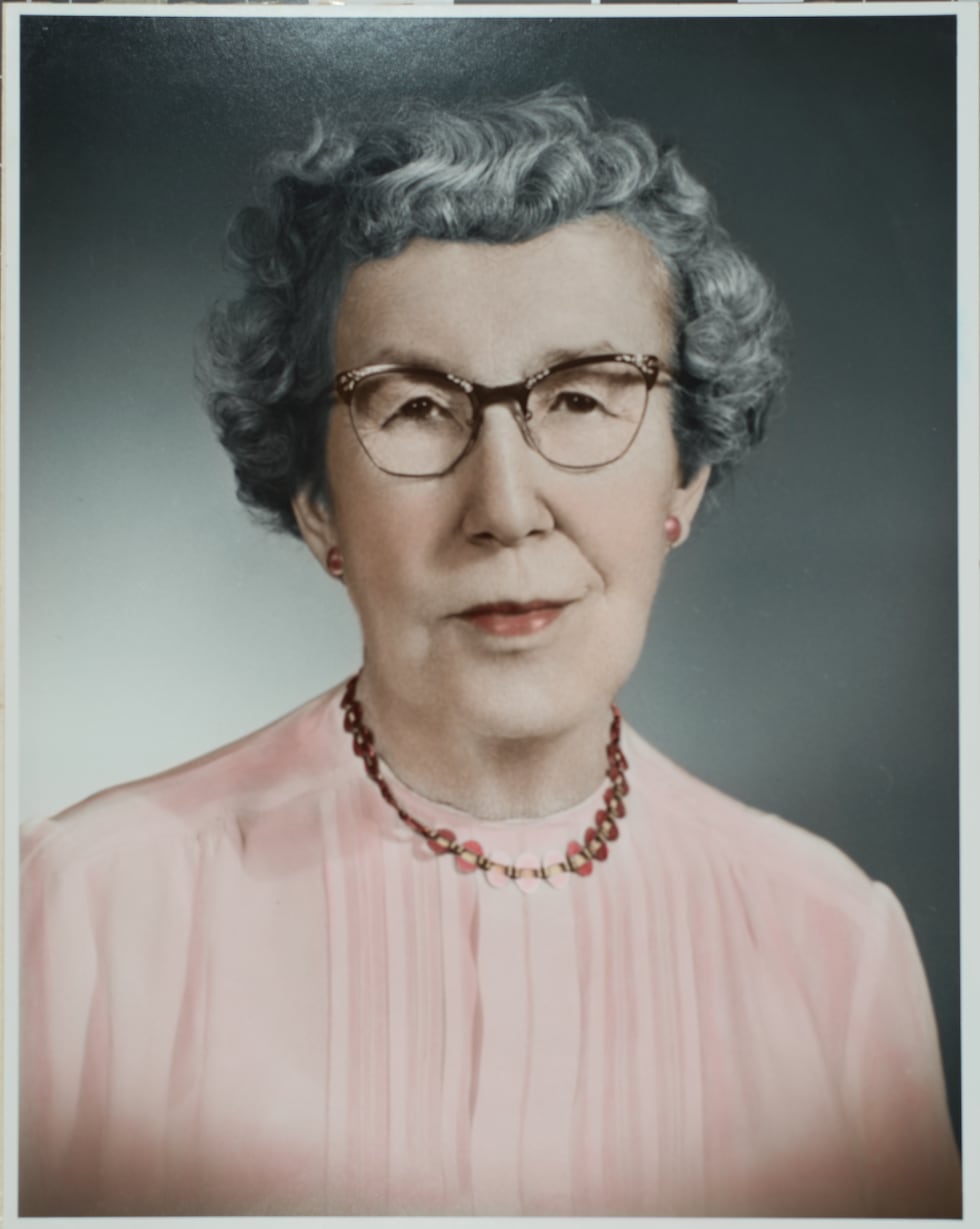
Green recalls, “There was great interest in having a university here.” The urgency became palpable as other major institutions like Brigham Young University and the University of Southern California considered opening branches in Las Vegas. In response, the legislature proposed a challenge: raise funds to support the university, initiating what became known as the “porchlight campaign.” Residents lit their porch lights as a signal to show their readiness to contribute to this worthy cause.
The community’s overwhelming response was remarkable. Contributions flowed in, demonstrating the deep-rooted desire for educational growth. Eventually, the Nevada Board of Regents approved the establishment of the new university and selected an 80-acre site along the then two-lane dirt road we now know as Maryland Parkway. On September 10, 1957, UNLV officially began its academic journey with its first classes held in a newly constructed 13,000-square-foot building, later named after Maude Frazier.
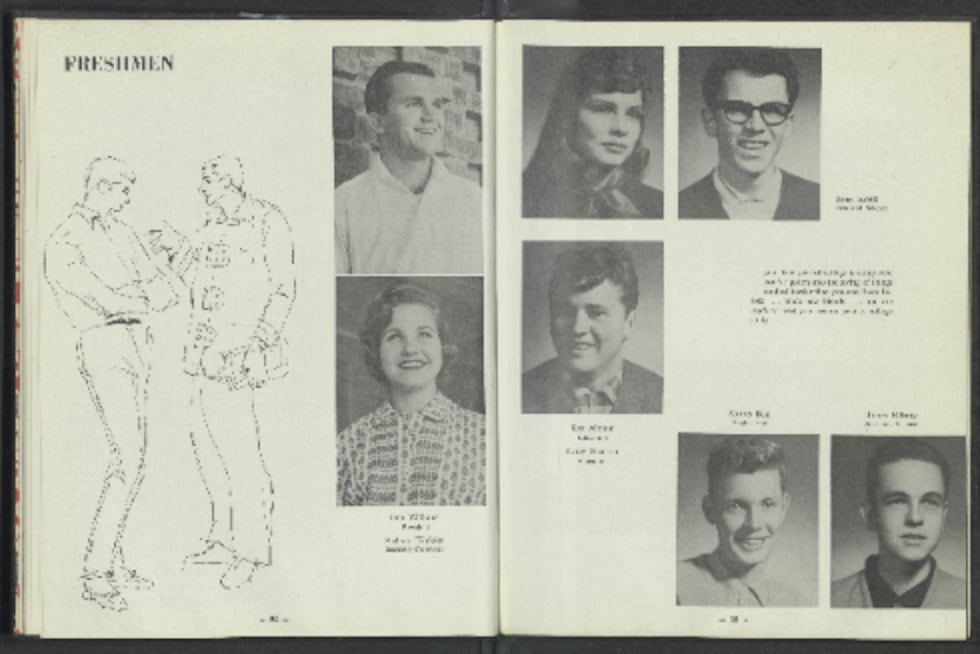
Professor Green is not only an educator at UNLV but also an alumnus, having a personal connection to the institution. His reflections on the university’s evolution highlight the significant transformations he has witnessed over the years. From the loss of buildings such as Frazier Hall to the remarkable growth of the campus, the journey of UNLV is intertwined with the community it serves.
In the early days of UNLV, the population of Las Vegas was a mere 10,000. Today, Las Vegas boasts around 750,000 residents, with Clark County exceeding 2.4 million. This growth parallels the expansion of UNLV to over 33,000 students, illustrating a narrative rich in development and collaboration.
Green emphasizes the mutualistic relationship between UNLV and the surrounding community: “It is not simply one controlling the other or doing things for the other; it’s been a symbiotic relationship and beneficial to both sides.” The lines blur as students and community members engage in shared experiences across academic disciplines, fostering a vibrant exchange of ideas and resources.
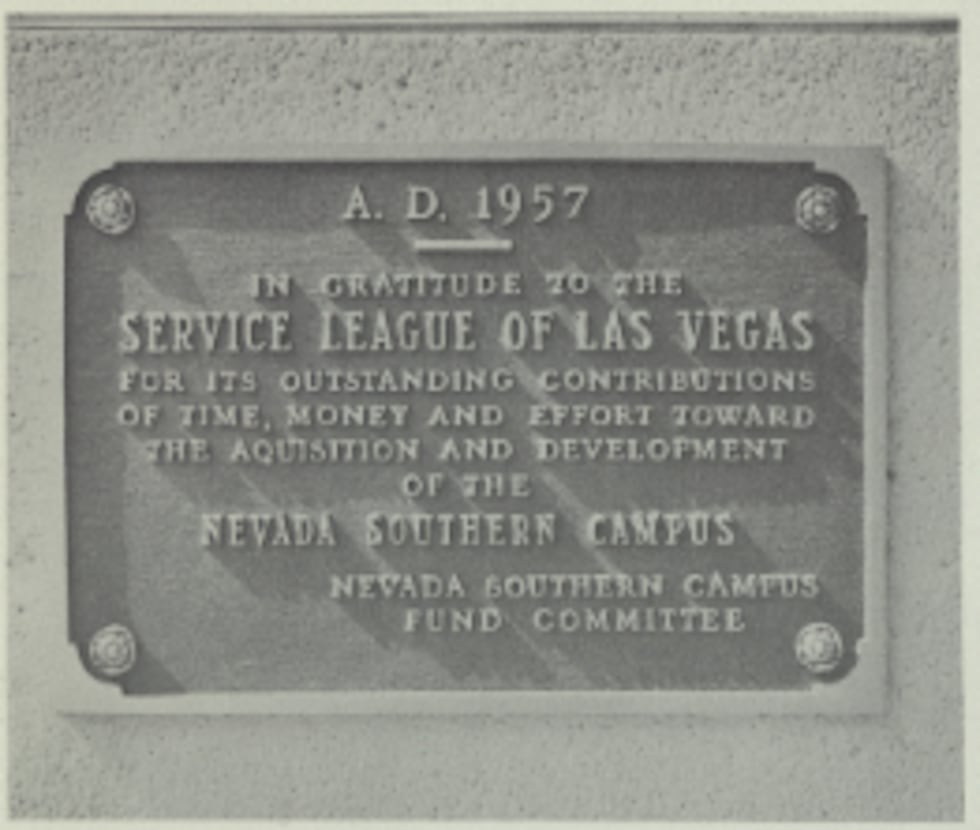
The economic impacts of UNLV have far-reaching implications. The university contributes profoundly to local development in various fields, from engineering patents to sports studies, even playing a crucial role in attracting professional franchises like the Las Vegas Raiders, evidenced by the construction of Allegiant Stadium.
Initially known as Nevada Southern until 1968, the university officially became the University of Nevada, Las Vegas in 1969. Over the next three decades, UNLV constructed over 100 buildings and introduced numerous undergraduate and graduate programs. The expansion is complemented by the establishment of nationally recognized sports teams, all proudly competing under the Rebel moniker that originated in the 1950s.
“UNLV’s history is just chock full of history,” remarks Green. With a bright future ahead, the university’s capacity for growth and innovation continues to flourish. Exciting developments and academic endeavors bubble beneath the surface, reflecting its commitment to shaping the future of education and community engagement in southern Nevada.
